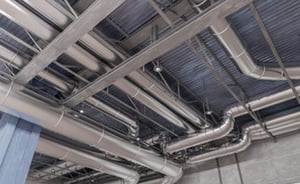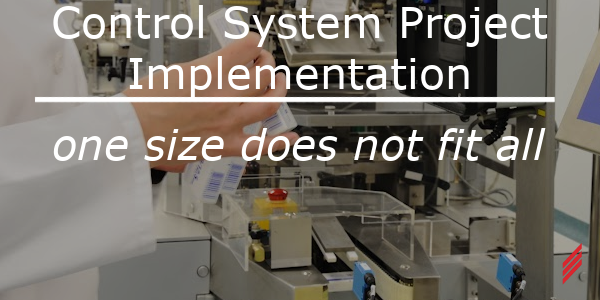It's Noisy in this Room!
by Steve Matthews on Dec 20, 2018 10:30:00 AM

Engineers are faced with learning and applying codes and standards and have a responsibility to do the absolute best we can when helping a client on a project. We learn most from our experiences through years of hard knocks and, of course, from other experienced Engineers.With all that being said, I was at a project site years ago at a meeting where the client was saying that the Lobby and first floor bedrooms are very noisy. “You guys messed up and need to fix this ASAP, we are opening this Hotel Monday!” Well, here we go, I walk out of the meeting feeling like the world was on my shoulders.
It was not a design I had done, but I was asked to help solve the problems at hand. We took each space and looked at it. We found that the return air grilles from each space had been installed directly to a very large return air duct. 
The first thing I found was that the contractor did not install what was shown on the drawings. The Engineer had shown the space return air grilles branching off the main return air duct with elbows and then to the grille.They were using the return air grille damper as the means of balancing. The return air duct itself had velocities in the upper range hovering around 1800 feet per minute.
The branches to the grilles hovered at velocities less than 500 feet per minute. So, after finding the problems we were able to ask the contractor to help work the weekend and add the branch duct work to provide a means of making the grilles less noisy.
I write this not to say the contractor is always wrong, but to fortify that knowing what you are designing and keep an eye out for the air velocity in a duct system. To this day, I still see systems that have this problem. Yes, there are other solutions, but it was reinforced to me that you just can’t stick a grille in a duct and call it a day!
About the author
Steve is a Senior Mechanical Engineer for Hallam-ICS. He has nearly 38 years of experience. This is Steve’s third journey at Hallam-ICS, and it commenced in 2014. He had worked for Hallam-ICS on two previous occasions. With his previous occasions, Steve has nearly 18 years of his experience with Hallam-ICS. Steve has an Associate of Applied Science degree in Mechanical Technology from Vermont Technical College. Steve is a licensed Professional Engineer in Vermont, Washington State, and Alaska, he is a member of ASHRAE, and is a LEED GA (Green Associate). Steve has experience in mechanical, plumbing, process, and controls systems for commercial, institutional, industrial, and military facilities.
Read My Hallam Story
About Hallam-ICS
Hallam-ICS is an engineering and automation company that designs MEP systems for facilities and plants, engineers control and automation solutions, and ensures safety and regulatory compliance through arc flash studies, commissioning, and validation. Our offices are located in Massachusetts, Connecticut, New York, Vermont and North Carolina and our projects take us world-wide.
You May Also Like
These Related Stories

Control System Project Implementation One Size Does Not Fit All

Hallam-ICS is an SI Giant



No Comments Yet
Let us know what you think